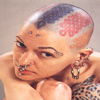




click on thumbnails below to see
The Tattoos:
Neo-Primitive Tattoos
With its roots in both punk and the American west coast gay S/M, leather and piercing scenes, the neo-primitive movement advocates very publicly displayed radical modification that includes “a reconceptualization of how the modified body is displayed to others” (Atkinson and Young 2001:126). For a description of different types of neo-primitive body modification, click here.
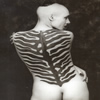 |
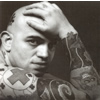 |
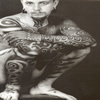 |
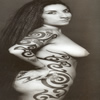 |
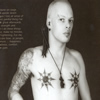 |
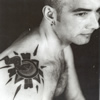 |
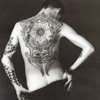 |
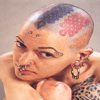 |
Neo-primitive tattoos are typically large and often monochromatic. They are located on visible skin areas and tend to cover entire body regions, such as the back, chest and arms. Designs are defined as “tribal” and draw heavily on tattoo imagery and styles of Polynesians, Maori, Melanesians, the Dyak of Borneo, Northwest Coast native, Aztec and African tribes (Atkinson and Young 2001:129). Designs are often incredibly intricate, take hours (and frequently several sessions) to complete and require the hand of a skilled tattoo artist. Neo-primitives include both men and women; there appears to be little to no difference in tattoo styles between the sexes.
Maybe a Mainstream tattoo is what you're after.





'Under the Skin', Copyright 2004, Tony Hewer.
